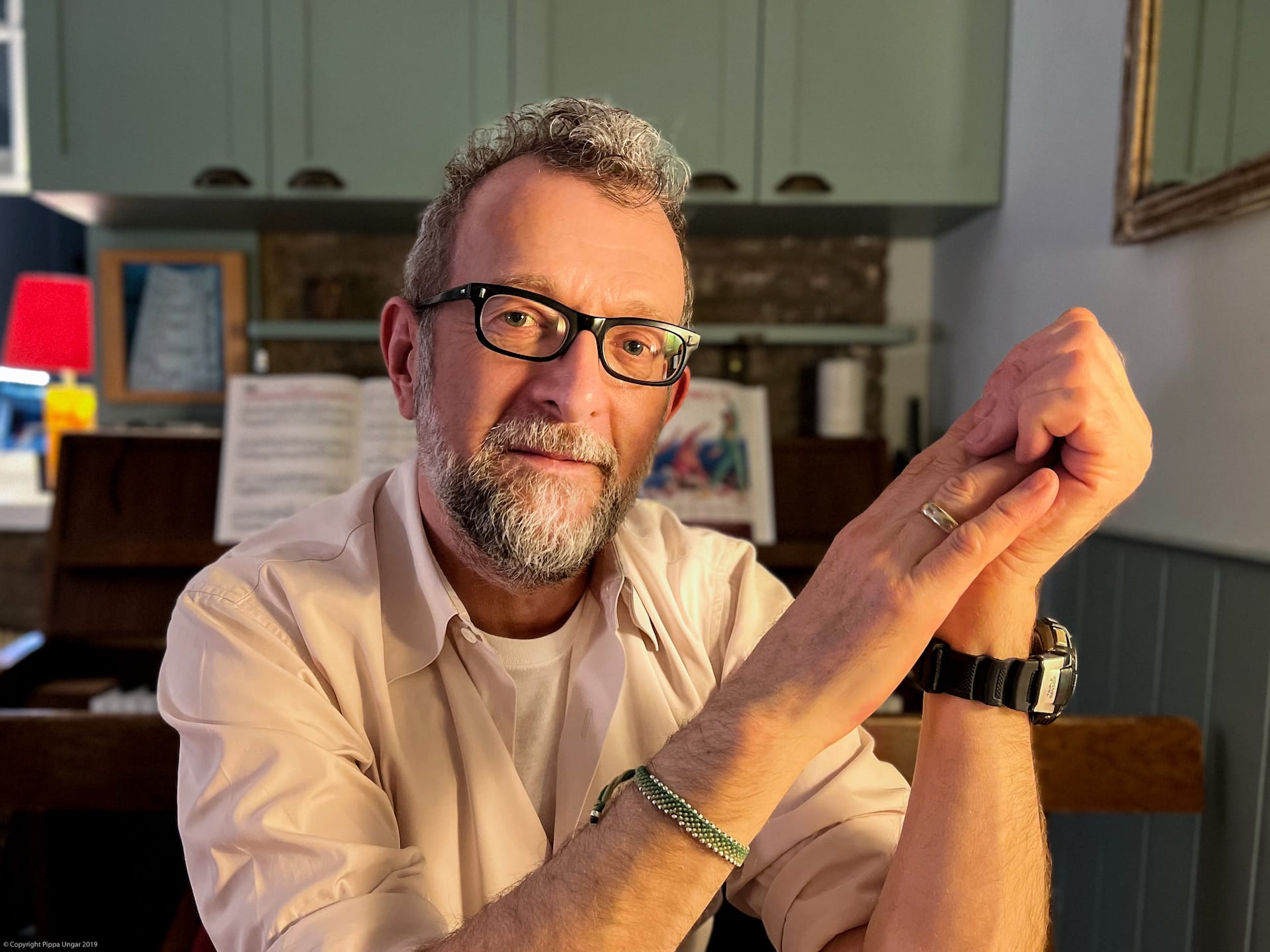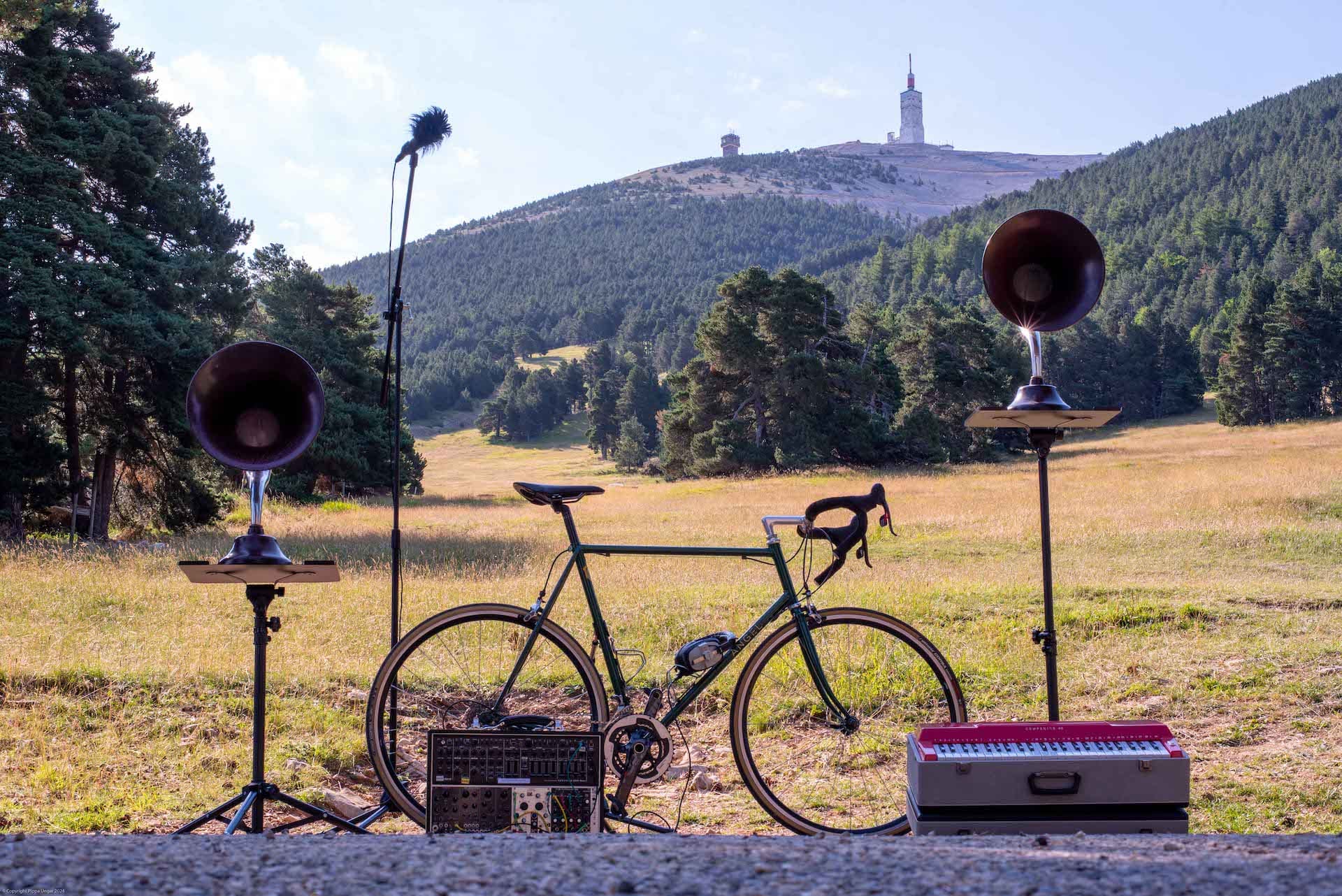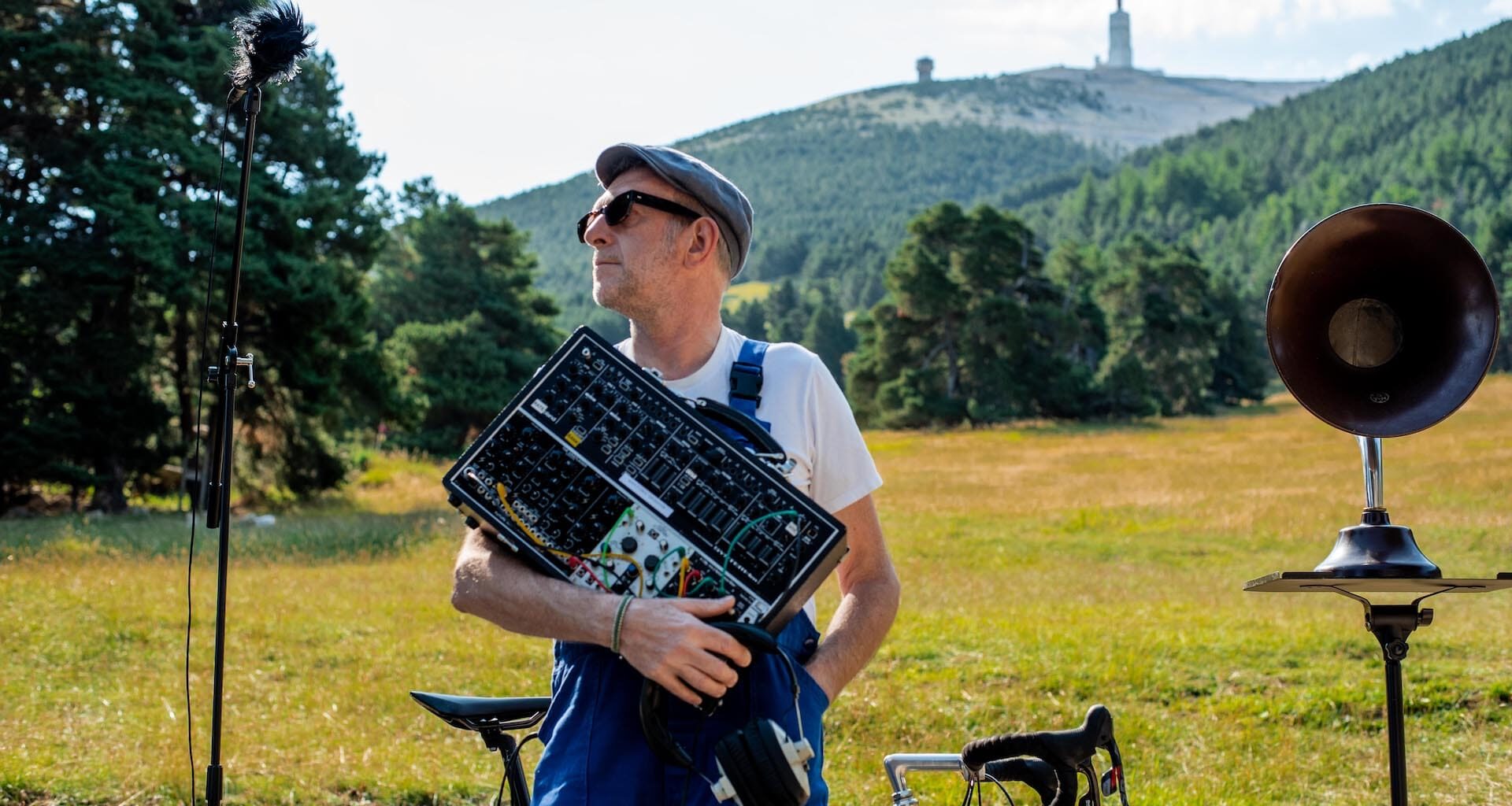
The great mountains of the Tour de France are more than just mountains. They’re places of legend, where the great cycling battles of yesteryear have been fought. For cyclists around the world, they’re destinations in their own right. Climbs that some will travel great distances to experience for themselves; to write their own story on the same fabled roads as the world’s best.
Mont Ventoux is one such climb. ‘The Giant of Provence’ is a mainstay of the Tour de France, an imposing 21 km climb that’s a true bucket-list item for anyone who wants to say they’ve conquered the great French climbs.
Belgian-born musician Pascal Gabriel hasn’t just ridden the Ventoux. He’s tapped into the very essence of the legendary climb in his latest album: an instrumental-ambient record entitled 1:46:43 ‘The Ventoux Trilogy’ which he’s released under his moniker Stubbleman.
You mightn’t know Pascal Gabriel by name, but you’ll certainly know some of the artists he’s worked with as a songwriter and producer: Kylie Minogue, Dido, Goldfrapp, Ladyhawke, The Temper Trap and many others. He also co-wrote and co-produced the UK #1 ‘Theme from S’Express’ back in the late 1980s.
Gabriel’s latest album isn’t just inspired by a ride he did up the Venoux in 2017; it’s literally built upon the data from his ride. Gabriel converted his power, heart rate, speed, and cadence data from that ride into musical drones which underpin and inform the direction of the entire album.
It’s a record in three movements, one for each distinct section of the Ventoux climb from Bédoin: the easy opening kilometres (tracks 1-3); the brutal middle section through the forest – around 10 km at 10% (tracks 4-13); and the exposed moonscape that extends all the way to the meteorological station at the summit (tracks 14-18).
With this album, Gabriel channels the emotional journey that the everyday rider will go on as they climb the Ventoux. A feeling of optimism at the start when the going is easy; a descent into despair during the interminable slog of the middle section; an ethereal sense of anticipation as the air gets thinner and the summit draws slowly closer.
As the riders of the 2025 Tour de France prepare to race up Mont Ventoux on Tuesday’s stage 16, Gabriel caught up with Escape via video call from his studio near Bédoin to talk about his latest album. The following interview transcript has been lightly edited for clarity and fluency.
 Stubbleman is the alter-ego of long-time composer and producer Pascal Gabriel. (Image: Stubbleman)
Stubbleman is the alter-ego of long-time composer and producer Pascal Gabriel. (Image: Stubbleman)
Matt de Neef: For readers who aren’t familiar with your work, can you give a bit of a background on your relationship with music and some of the stuff you’ve worked on in the past?
Pascal Gabriel: Well, I produced and co-wrote big hits in the late ’80s – a track by Bomb the Bass called ‘Beat Dis’, which was number two in the charts, and then I produced and co-wrote ‘Theme from S’Express, which was number one. They’re dance and kind of cut-up records. Bomb the Bass was breakbeat; S’Express was really early techno, you would say, or early house.
After that, I produced and co-wrote loads of stuff with bands like Inspiral Carpets, New Order. In the late ’90s I co-produced and co-wrote tracks with Dido, on Dido’s first album. ‘I’m No Angel’, the title track, was our track, and ‘Here with Me’ – the first or second single. Then in the early ’00s, I worked as a co-writer and producer with Kylie Minogue, Ladyhawke, Will Young.
Also, I did lots of remixes for artists like Debbie Harry, Brian Ferry – loads of people. So I’ve been working in the sphere of alternative, left-fieldish, pop-rock sort of thing for about 40 years. In 2019 I decided to start a solo project, which is called Stubbleman.
Stubbleman became my side electronic, instrumental, completely-non-pop project. In the pop world there’s always certain demands on time – for instance, you can do three minutes, maybe four minutes [for a track], but that’s it. In Stubbleman I could do a piece that was like 25 minutes, had no chorus, was completely my own experimental vibe and my own feelings, and so that’s what I did.
I had a plan, really, in 2020 that there was going to be the first album [Mountains and Plains – see the embed below – ed.], which was based on a road trip from east to west coast in the US. The second album was going to somehow marry cycling and music – my two real loves – and the third album is going to be dedicated to my friends and family who are no longer here.
MdN: What’s your relationship with cycling like?
PG: I was born in Belgium in the early ’60s, and [Eddy] Merckx and the Belgian cyclists were always there in my life. And so I followed cycling since I was a kid, really, but as a spectator. I had a mountain bike for a while when I was a kid, but I wasn’t really a road cyclist. And then about 20 years ago, I discovered road cycling through our son, actually, who really loved cycling, and took it up when he was much younger. And I thought, ‘Wow, actually, that’s a good idea. I never considered it.’ I was a swimmer at the time. That was my sport.
My wife then bought a road bike. The day she got delivery of her road bike, I rented one for a week, because you can rent loads of them here, where I live in the south of France – I’m quite near Bédoin [at the base of Mont Ventoux – ed.] – so I rented one for a week and by the end of the week, that was it. I was hooked.
I just loved it. I loved the repetition of it, the rhythms, the cross-rhythms. You have the wheels turning around, your cadence, your heart rate – all that mixes.
To me, cycling is like meditating. You go out for four hours, and the first hour you think, ‘I should have stayed in bed’ but by two hours you’re in the zone. And I love that.
 Image: Stubbleman
Image: Stubbleman
MdN: So the idea for this album came about before you went and rode Mont Ventoux, right?
PG: I mean, I’d ridden the Ventoux lots of times because we’ve had the house here for 20 years. So once I started cycling, of course, the Ventoux was definitely on the list of targets to tick off.
And so I’d done the Ventoux a few times, the first album came out, and I was trying to develop the idea of the second album and see how I could marry the whole idea of cycling with music, and how my data from cycling could affect rhythms and so on. That would be the base of the album.
This post is for paying subscribers only
Subscribe now
Already have an account? Sign in
Did we do a good job with this story?
👍Yep
👎Nope

